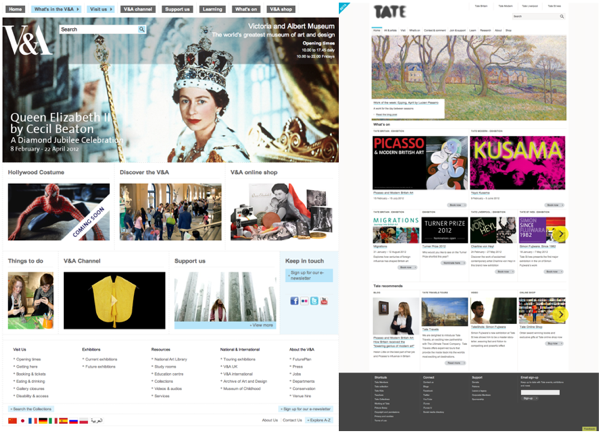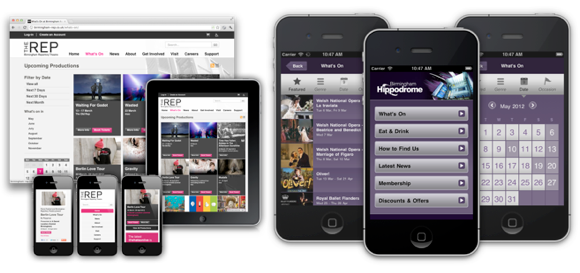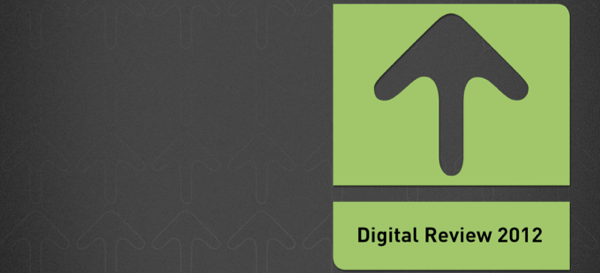The Building Digital Capacity for the Arts programme is a joint BBC Academy/Arts Council England thing that’s been running for a little while now. On Tuesday I went along to the fourth seminar in the series which focussed on emerging business models for the digital environment.
I was going to blog my notes but they’re a little sparse because. Besides, the presentations are online and Matthew Linley has done rather better (and done a good job of capturing some of the wider discussion) so I’ll refer you over to his notes.
Truth be told, I thought the whole thing was a bit lacklustre. That’s not to say it was the fault of the speakers. I thought they were all quite interesting and did a decent job of talking about their respective things. Michael Nutley chaired things very well and even the Skype call to Marcus Romer worked pretty smoothly.
The thing is, the event had been pitched at:
arts organisations and artists from across England who are grappling with the disruption to existing business models caused by digital platforms and who aspire to be on the front foot rather than the back
That being the case, I’m really not sure how those organisations and artists would have been helped by attending the seminar. There was lots of interesting information but it was mostly of a quite nebulous, abstract and occasionally buzzwordy sort. I’m just not sure how it was meant to have ‘built digital capacity in the arts’.
Mellissa Norman‘s presentation was an early step in the right direction and if you only watch one video (when they come online) it should be hers. Her slides are here in the meantime, but they really need someone speaking over them. In her talk, Mel:
- explained what a business model canvas is (recommending businessmodelgeneration.com)
- rattled through a few (pleasingly not arts-based) case studies – Better Place, Giff Gaff, Manpacks and Greenman Gaming;
- pointed people towards resources like Springwise and suggested that people look at models used in other sectors and think about how they’d apply to their own
What was missing then was someone to explain how they had either transferred their existing business model online or adopted an entirely new approach. It would’ve been good to have heard someone explaining:
- The skills that need to be developed/hired in to explore and take advantage of new ways of operating
- Whether any support is available for organisations undergoing this kind of change (and what form that support might take – training, outside consultants, staff placements at other organisations, etc)
- What a set of next steps might look like
- Where new collaborations or partnerships are needed, how people might go about forming them
To be fair, Marcus Romer and, to a lesser extent, Jane Finnis both gave some of their experience on this but it wasn’t really intended to be the focus of their talks. Really though, even if they had tried to cover the things above, they’d have been hard pushed to offer much that would have been of universal use.
I think the problem is that, if an organisation is already aware of an issue they need to get to grips with (and I was lead to believe that’s who this was aimed at), then a seminar of this sort is entirely the wrong way to deliver the guidance or support that might be needed. Surely they need something deeper, more specific and particular to their circumstances.
Ah well. Maybe it was just me. I did at least meet some good people and there were plenty of enthusiastic tweets from attendees after the event, I just hope that enthusiasm somehow finds its way into action.


